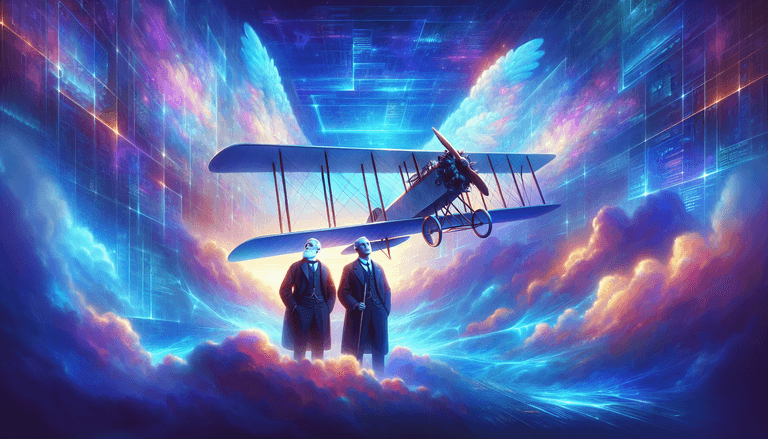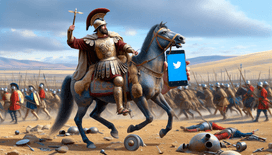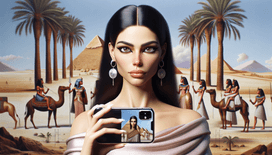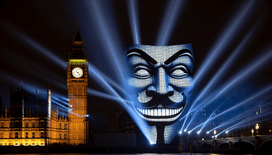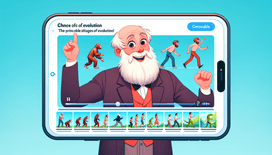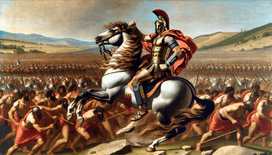Ah, the year 1903: a time when horses were horsepower and people thought the sky was simply where clouds hung out in their pyjamas. Enter the Wright brothers, Wilbur and Orville, with their dreams of dance-offs with gravity. But what if these aviation aces had been armed with the high-flying tech wizardry of today’s virtual reality? Would it have been a feather in their cap or just a flight of fancy?
The Virtual Vision of Flight
Back in the early 20th century, the Wrights were perhaps the first to say "let's wing it" without irony. But imagine them slipping on a VR headset. This wasn’t some bulky contraption with cork goggles mind you, but a sleek set of digital spectacles that could transport them into their own digital realm of aviation adventures.
The brothers would have been able to simulate flights with perfect precision before even building the actual aeroplane. Picture this: Wilbur immersed in a virtual sky, testing the aerodynamics of the aircraft without risking an unplanned meeting with the ground. Meanwhile, Orville could perfect his pilot swagger, twirling a virtual propeller with just the flick of a wrist.
Flight School in the Virtual World
With virtual reality, gone would be the days of chalking out aerodynamics on a blackboard. It would be a completely immersive learning experience. Every cog and lever of their Flyer could be scrutinised within a virtual aircraft hangar. "Fold the wing like this, dear Orv,” Wilbur might've quipped, “and we shan’t have a paper plane as our only legacy!"
Imagine them practising take-offs and landings in different weather conditions, Spielberg-like in their visual quality. Faced with a sudden VR-storm, Orville might declare, "Well, that’s another way to drop out of cloud computing!"
Taking the Public on a Virtual Journey
The Wright flyer debuted to mixed receptions, oscillating between admiration and scepticism. With VR, though, they could have given sceptics nobility seatings in the “virtual” first class, blimey jack boots and all! Eager spectators could have "joined" the brothers mid-flight. "Feel the breeze," they’d claim, to a chorus of “I think I've got virtual altitude sickness!”
Imagine the global buzz, a literal virtual world tour even before the first real flight. The news would go viral (sans viruses and snail-speed telegraphs), with the charm of "Flying for Dummies" present in all its delightful virtual detail.
Engineering Empires Even Before Take-off
The practical applications for VR didn't stop at preliminary flights either. This tech-savvy approach means an expanded range of experiments at little cost to health or ZE dirigibles’ reputations. They could iterate engine designs, scrutinise wind tunnel tests, and perfect balance points without having one foot persistently in the hangar head.
In the virtual world, their DIY gliding would take them to new heights without ever leaving the ground, except in their mind’s eye, of course. With VR, each trial and error wouldn’t risk an "oh no!" moment, merely a quick switch to "try again."
More than a Pilot's Dream
While laughter filled this delightful, tech-savvy reimagining, it's worth acknowledging just how significant the advent of flight was to society. The Wrights' efforts transformed the world, letting dreams soar to unparalleled altitudes.
Had virtual reality been their co-pilot in 1903, who knows just how different their legacy might have been. Would the Flyer have become the world's first "airb&b"? Would Orville have been a TikTok sensation, soaring into the hearts of countless followers with every "First Flight Footage"? A Wright quill was never scribbled without careful imaginings, so surely, this too would be just another page in their airborne anthology!
While we may chuckle at the playful possibilities, it’s worth tipping our hats to Wilbur and Orville for having the audacity to ponder a world beyond the horizon, accessible, I might add, whether in print or pixels.
